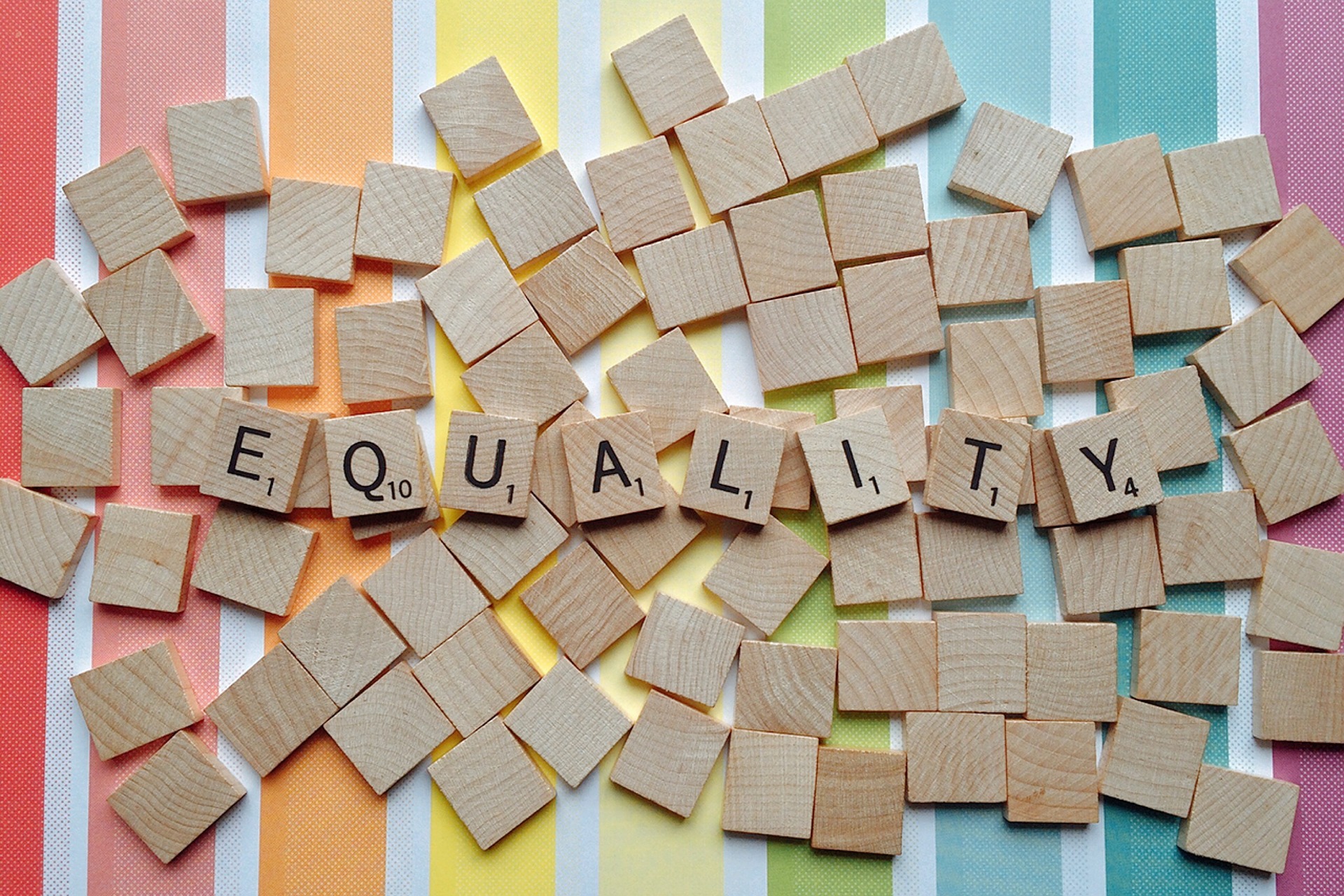Discussions about retirement do not generally acknowledge the unique challenges confronting different populations. For example, women often face a much different picture than men when it comes to saving for retirement.
A study from Annuity.com found that women not only are three times more likely than men to say that they are unable to save for retirement, but also have lower financial literacy than men on average. The COVID-19 pandemic has only complicated matters since many women took time off from work, which means that they lost the primary means of increasing their savings.
While women have made many gains in education and employment in the last couple of decades, retirement security remains a significant challenge, particularly for health care, whose increased costs are representative of most if not all retirement-related expenses.
The Basics of the Women’s Retirement Protection Act
In light of this situation, a bill designed to address the retirement gap and bolster the financial security of women was recently reintroduced to Congress by the chairwoman of the Senate Committee on Health, Education, Labor, and Pensions, Senator Patty Murray of Washington. Known as the Women’s Retirement Protection Act of 2021, the bill was first introduced by congressional representatives in 2019 to address some of the challenges that disproportionately affect women planning for retirement. Since then, the impact of the pandemic has underscored the gravity of the situation.
The new bill would build upon recent retirement legislation. For example, the Setting Every Community Up for Retirement Enhancement (SECURE) Act of 2019 made it possible for part-time workers to participate in employer retirement plans after three years. The new bill would reduce that wait time to two years. Currently, more than 27 million people in the United States work on a part-time basis, and the majority of them are either women or caregivers. The change would help people begin saving for retirement early, which is especially important when young, given the power of compounding interest.
Additional Changes Proposed by the Renewed Bill
In addition to making retirement plans more accessible for women working part time, the reintroduced bill would expand the spousal protections that already exist for both defined-benefit and defined-contribution plans. The new rules would forestall a spouse from compromising retirement resources by taking a distribution or loan from them without the knowledge and consent of the other spouse. The bill also provides for the administration of grants to community organizations that collaborate with working women who are nearing retirement age. These organizations would offer information and financial tools to empower these women to meet their financial goals.
The bill also includes provisions for particularly vulnerable groups of women, including those with low-income backgrounds or who have experienced domestic abuse. For the latter, the bill would create grants to assist women seeking qualified domestic relations orders. These orders are the legal tools used to divide retirement benefits between domestic partners that are separating. Such grants help protect women who otherwise might feel pressured to remain in an abusive relationship for financial reasons. Many legal and financial barriers exist for women in this position, and providing support at this vulnerable moment can help ensure that they receive a fair division of assets.
Why It Is Important to Address the Retirement Gap Now
As mentioned, this bill comes at an important time when many industries in the United States have been upended by the pandemic. Some of the industries that were most impacted, such as childcare, are largely led by women, especially women of color. Addressing these issues now could forestall future ones. Taking time off work or losing employment due to the pandemic could have resounding effects in terms of saving for retirement, especially if people were already behind in their savings. Economic equality means providing equal opportunities for long-term financial security. The economic situation of women often puts them at a disadvantage when it comes to saving for retirement and controlling their savings, and this legislation would be an important step in closing the gap.
In a recent survey, 40 percent of women indicated that they expect the pandemic to have a long-term impact on their finances. However, women were at a clear disadvantage well before the pandemic. The National Women’s Law Center found that a woman loses an average of more than $400,000 over the course of a 40-year career due to pay inequality. In other words, women need to work about a decade longer to make the same amount as their male counterparts. Closing the retirement gap involves addressing this pay inequality, but also pointing out the systemic problems that exacerbate this issue. This is exactly what the Women’s Retirement Protection Act aims to do. Addressing the legal and societal problems contributing to the retirement gap is just as important as fighting for equal pay.
